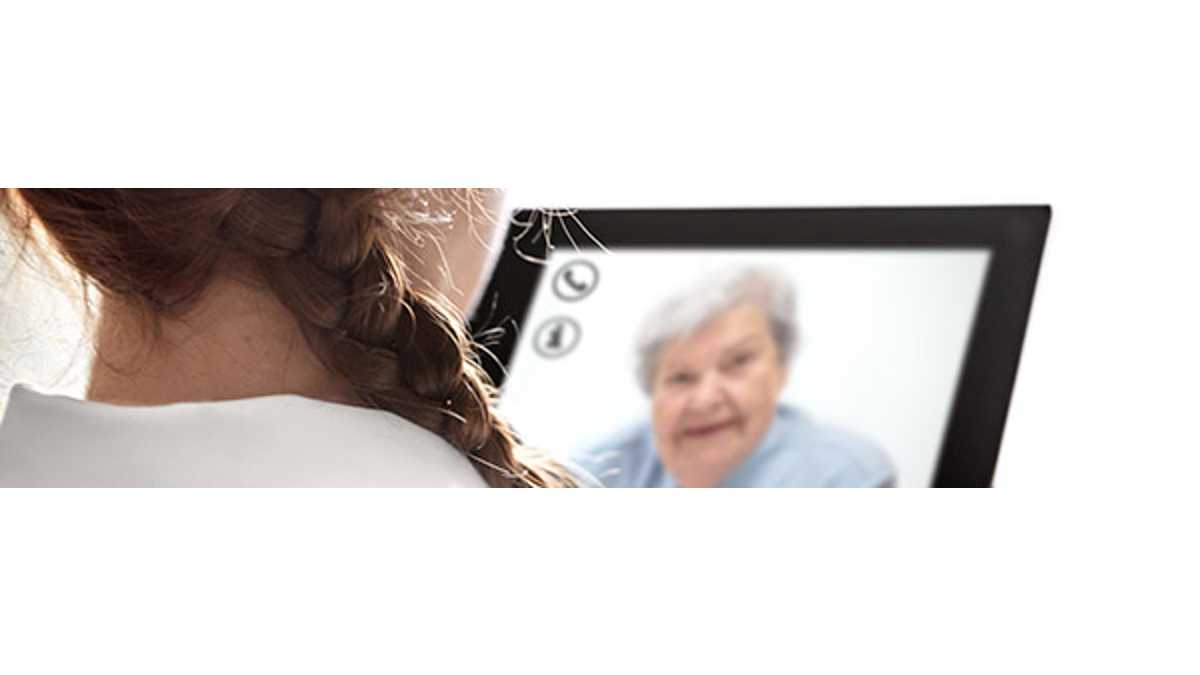Latin America. It was long ago unthinkable that a citizen residing in a region with little medical infrastructure should be cared for by a health professional from a large hospital or clinic located in the main centers of the country. Being able to be served with a single click was a utopia. Happily, this is changing.
Since the beginning of the Covid-19 pandemic, telemedicine has been gaining strength and presence, although this modality of care was not new. In truth, according to the World Health Organization (WHO), the term was coined in the 70s and literally means "to heal at a distance." Telemedicine recognizes the possibility of remote care, which during the pandemic represented a fundamental strategy to control the spread of the virus.
As a specialist in digital transformation in the health sector, I believe that virtual care should become the main form of primary care, filtering more efficiently to direct patients to hospitals and also contribute to the sustainability of both public and private health systems. Thus, in addition to avoiding unnecessary trips to hospitals, a huge reduction in the costs of providing health to citizens is achieved.
Innovation in Health
It is indisputable that the pandemic accelerated the digital transformation in health. In this sense, we are talking about digital tools such as electronic records, digital agenda of consultations and other facilities that became more frequent in the routine of doctors, hospitals, clinics and offices. We can also cite more advanced technologies, such as artificial intelligence, virtual reality and the internet of things, which also went on to have a greater impact on the health market. To get an idea of the impact of technology on the sector, according to the survey "Global Top Health Industry Issues 2021" by the consultancy PWC, the investment of businesses in telemedicine was 4.3 billion dollars last year, a growth of 139% compared to 2019.
We can highlight that technology plays a leading role in the adoption of artificial intelligence solutions to support the clinical decision. I usually say that there is a difference between digitized hospital and digital hospital. In the digitized one, the doctor simply stops writing on paper and goes on to complete the history on the computer. On the other hand, the digital hospital allows the professional to have the support of systems based on structured information of the patients that originates, for example, in the teams that monitor the health parameters next to the hospital bed or also within the patient's home or private activities.
Imagine the scenario: after a consultation, the doctor suspects a diagnosis. The professional then makes two types of requests: a request for the immediate start of treatment and a request for examinations for the complementary investigation of said hypothesis. At this time, the doctor will use the electronic record, responsible tool for documentation and help for diagnosis.
From that, an indication of the treatment should be made using digital prescription platforms, with access to an updated database on the drugs, and preferably that offers support to clinical decision making. In this way, the doctor will have the necessary support to make their clinical decisions, with an alert of allergies, as well as medical interactions. The patient, on the other hand, receives the prescription digitally and quickly, on his smartphone, manages to find nearby pharmacies and also those that offer telesales service and e-commerce to make the purchase of medicines.
Interoperability accelerating support for clinical decisions
The main objective of interoperability is to bring together in one place the clinical data stored in different tools. That allows medical assistance to be safer, more practical and more efficient. Thanks to the management of systems and telecommunications, telemedicine can facilitate the entire care process from administrative management, diagnosis, treatment or health education. In this sense, know some cases of the application:
Teleconsultation: enables the accompaniment, diagnosis or treatment of patients at a distance. For this, the exchange of clinical information is essential, such as, for example, the transmission of radiological images, laboratory examinations or pathological anatomy, as well as its application in specialties such as dermatology, psychiatry or cardiology, among others.
Tele-monitoring: facilitates the accompaniment of patients – often chronic patients – incorporating biological, physiological and biometric parameters. Tele-monitoring plays a fundamental role in the control of patients over their own health, allowing them to acquire an active role in care, at the same time, in which their stay in the hospital is reduced.
Tele surgery: Undoubtedly, one of the great revolutions within Telemedicine that will continue to evolve in the coming years with the implementation of 5G. The use of robotics and virtual reality drives an increase in experimental telecarapies.
Important care must also be respected when the final regulation of telemedicine is carried out in the country. These include: ensuring the protection, preservation and care of healthcare-related data. Care is always, ensure total privacy, inviolability, and preserve trust between patients and health professionals.
Finally, it will always be up to the doctor to evaluate when and how it is the best alternative. Remote care opens up enormous possibilities for expanding access to health care and strengthens primary care, mainly in the prevention and accompaniment of patients with chronic ailments. In large countries, it becomes a crucial instrument to take care of health and save lives.
Text written by Bruno Toldo, Chief Medical Information Officer, Infor Latam.



























Leave your comment